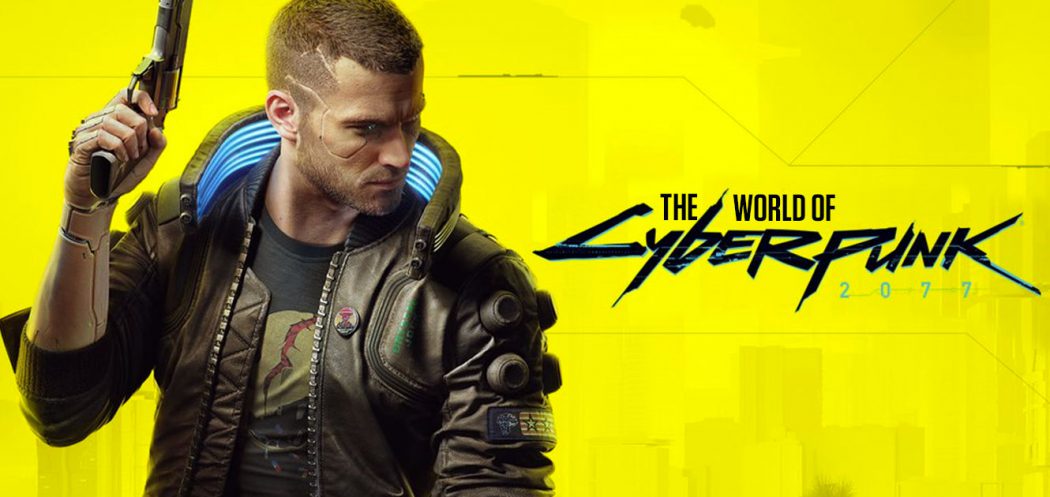Cyberpunk 2077 was poised to be one of the most groundbreaking video games ever made. The hype surrounding its release built over years of ambitious marketing and promises from developer CD Projekt Red. However, upon launch in December 2020, things quickly unraveled in disastrous fashion.
So where did it all go wrong for what was supposed to be a genre-defining RPG? Let’s analyze the multitude of factors that contributed to Cyberpunk 2077’s botched release and its fall from legendary status to cautionary tale.
Overpromising Leads to Disappointment
A significant contributor to the backlash was the immense hype generated by CD Projekt Red themselves. Trailers portrayed Cyberpunk 2077 as a digital miracle – a dense open world full of possibilities, smooth gameplay, and visuals from the future.
The reality fell painfully short. As players got their hands on the game, they soon realized many touted features were missing, mechanics were underwhelming, and bugs were rampant. The discrepancy between marketing claims and the actual product heavily fueled the vitriol from fans who felt deceived.
A Bug-Riddled Mess
On a technical level, Cyberpunk 2077 was clearly pushed out the door prematurely. Glitches ranged from minor visual oddities to crashes erasing player progress. Resolution was abysmal on base consoles, with severe frame rate drops making play nearly impossible.

For a AAA studio like CDPR releasing one of the most expensive games ever made, such glaring lack of polish was inexcusable. It pointed to either incompetence or a knowing attempt to cover up issues in the name of sales.
Core Features Missing in Action
Making matters worse, some touted features and mechanics touted in marketing simply didn’t exist upon release. The world lacked interactivity, AI was basic at best, weapon variety was low, and the lauded customization system was far more limited than expected.
Rather than the dynamic, player-driven experience that was advertised, Cyberpunk 2077 felt like a hollow shell. This drained one of the game’s potential strong points – its open world setting.
Development Woes
Behind the scenes, it was clear Cyberpunk 2077’s developers were forced into an unsustainable situation. Mandatory crunch periods of up to 100-hour weeks demonstrated extreme mismanagement and unrealistic deadlines from executives.
Attempting to develop such an expansive game across a huge range of platforms proved to exceed CD Projekt Red’s capabilities. The final product reflected the strained and haphazard nature of its creation under immense pressure.
Collapse of Trust and Reputation
For years, CD Projekt Red built up strong trust and respect from fans who saw them as pro-consumer champions. But Cyberpunk 2077’s bungled launch shattered that reputation almost overnight. Costing over $300 million to make, the game was a financial disaster as well with CDPR’s stock plummeting.
Steps taken to redeem themselves have helped stabilize public perception since. Progress has undoubtedly been made to improve technical issues and add missing content through patches. However, the damage was already done to both credibility and the bottom line.
Lasting Impact on the Gaming Industry
The saga of Cyberpunk 2077 serves as an industry-wide lesson on the pitfalls of dishonest marketing, unchecked ambition, and poor planning. For future AAA titles, its failure highlights the importance of transparency with consumers during development and production.
Additionally, sustainable working conditions must be enforced so that final quality is not sacrificed at the cost of workers’ well-being. As gaming technology continues advancing, keeping hype grounded in reality is key to avoiding another cautionary tale.
Only time will tell if Cyberpunk 2077 can fully deliver on its initial promise. But for now, its disastrous launch stands as a warning beacon to other studios about the importance of ethical, realistic practices when creating the next big thing.
















Add Comment